Home>Furniture & Design>Interior Design Trends>How Does One Way Glass Work
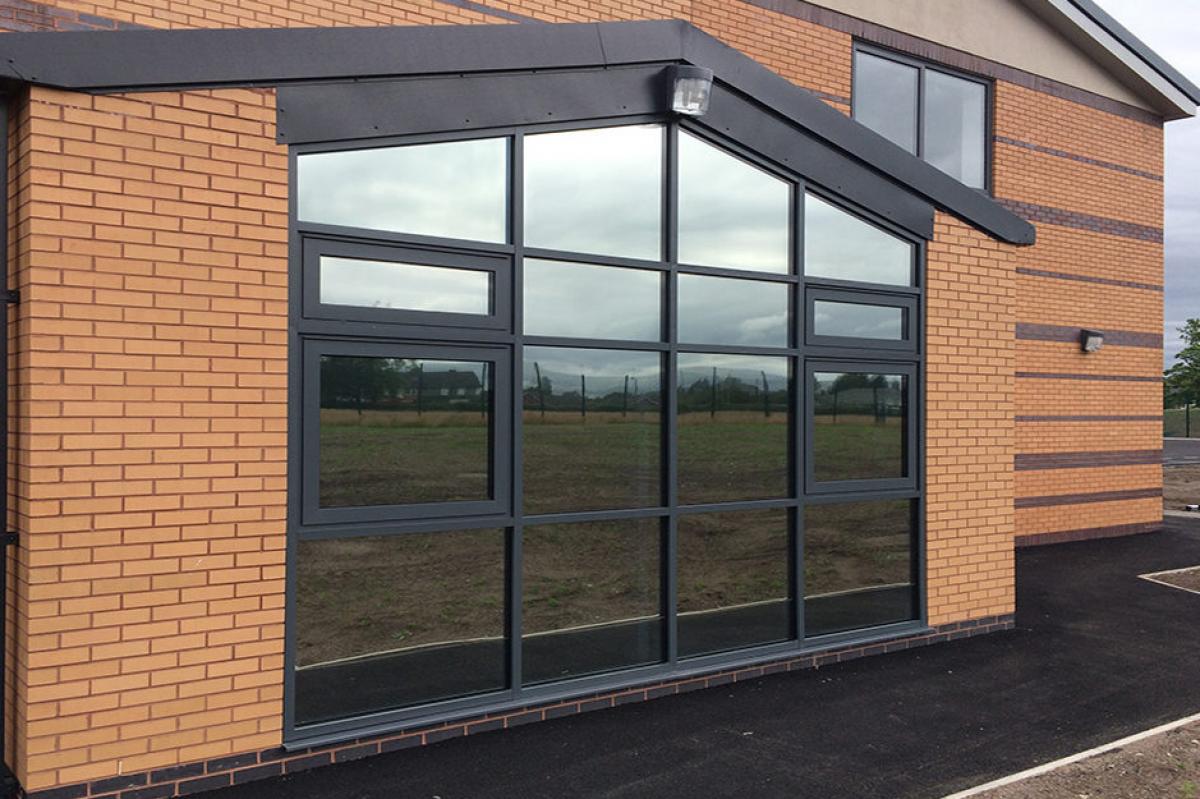

Interior Design Trends
How Does One Way Glass Work
Published: February 3, 2024
Discover the secrets of one-way glass and its impact on interior design trends. Learn how this innovative technology enhances privacy and aesthetics. Explore the latest interior design trends with one-way glass.
(Many of the links in this article redirect to a specific reviewed product. Your purchase of these products through affiliate links helps to generate commission for Storables.com, at no extra cost. Learn more)
Introduction
One way glass, also known as two-way mirror, is a fascinating material that has captured the imagination of many. Its seemingly magical ability to appear as a mirror from one side while allowing visibility from the other has made it a popular choice in various applications, from architecture to surveillance. Understanding the science behind one way glass and how it is made can shed light on its intriguing properties and diverse uses.
The allure of one way glass lies in its ability to create a sense of privacy and security without compromising visibility. This unique characteristic has made it a sought-after solution for spaces where observation needs to be unobtrusive, such as interrogation rooms, police lineups, and even modern architectural designs. By delving into the science and production of one way glass, we can gain a deeper appreciation for its ingenuity and practicality.
Let's embark on a journey to unravel the mysteries of one way glass, exploring its scientific principles, manufacturing process, applications, as well as its advantages and disadvantages. By the end of this exploration, you will have a comprehensive understanding of this remarkable material and its impact on various aspects of our lives.
Key Takeaways:
- One way glass appears as a mirror from one side and allows visibility from the other due to light manipulation and a semi-transparent coating, making it ideal for privacy and unobtrusive surveillance.
- The production of one way glass involves applying a specialized coating onto high-quality glass panels, creating a material that seamlessly integrates science and engineering. It offers privacy, security, and aesthetic appeal, but requires careful consideration of lighting and maintenance.
Read more: How To Make Glass One Way
The Science Behind One Way Glass
The science behind one way glass, also known as two-way mirror, is rooted in the principles of light reflection and transmission. This remarkable material achieves its unique properties through a delicate balance of light manipulation, creating the illusion of transparency from one side and reflectivity from the other.
At the core of this phenomenon is the concept of differential lighting. When one side of the glass is brightly illuminated, while the other side remains dimly lit or in darkness, the glass appears as a reflective surface from the brightly lit side. This effect occurs due to the stark contrast in light levels between the two sides, causing the majority of the light to be reflected back, resembling a traditional mirror.
On the dimly lit side, however, the glass allows a significant portion of light to pass through, enabling visibility from that vantage point. This is made possible by the semi-transparent coating applied to the glass, which selectively permits light transmission under specific lighting conditions. The coating is engineered to reflect a higher percentage of light when the observer's side is brightly illuminated, creating the illusion of a reflective surface.
The science behind one way glass is further enhanced by the angle of observation. When the observer's side is at a well-lit angle, the reflective properties of the glass are accentuated, concealing the view from the other side. Conversely, when the observer's side is in a darker environment, the glass allows for clear visibility through its semi-transparent surface.
This intricate interplay of light, coating, and observation angles forms the foundation of one way glass, enabling it to fulfill its dual role of reflection and transparency. By harnessing these scientific principles, one way glass has found widespread application in diverse fields, from law enforcement and surveillance to architectural design and interior decor.
Understanding the science behind one way glass unveils the ingenuity behind its functionality, offering a glimpse into the fascinating realm of light manipulation and optical illusions. This knowledge serves as a testament to human innovation, as we continue to harness the fundamental principles of science to create materials that redefine the boundaries of perception and visibility.
How One Way Glass is Made
The production of one way glass involves a meticulous process that integrates advanced materials and precision engineering to achieve its distinctive properties. At the heart of this manufacturing process is the application of a semi-transparent coating onto glass, enabling it to exhibit the dual characteristics of reflection and transparency.
The first step in creating one way glass begins with the selection of high-quality glass panels, which serve as the foundation for the material. These glass panels undergo rigorous cleaning and preparation to ensure a pristine surface, free from any imperfections that could compromise the final product's optical clarity.
Once the glass panels are meticulously cleaned and inspected, they are subjected to a specialized coating process. This process involves the application of a thin, semi-transparent film onto one side of the glass. The composition of this film is crucial, as it must possess the unique optical properties required to achieve the one way glass effect.
The semi-transparent coating is engineered to selectively reflect a high percentage of light when the observer's side is brightly illuminated, creating the appearance of a mirror. Simultaneously, it allows a significant portion of light to pass through when the observer's side is dimly lit, facilitating visibility from the other side.
The application of this specialized coating demands precision and expertise to ensure uniform coverage and consistent optical properties across the entire glass panel. Advanced manufacturing techniques, such as chemical vapor deposition or sputtering, are employed to achieve the desired thickness and optical characteristics of the coating.
Following the application of the semi-transparent coating, the glass panels undergo meticulous quality control measures to verify the integrity of the coating and the optical performance of the one way glass. This stringent quality assurance process ensures that each panel meets the exacting standards required to deliver the intended reflective and transparent properties.
The culmination of these intricate manufacturing steps results in the creation of one way glass, a material that embodies the seamless integration of scientific principles and advanced engineering. The meticulous application of the semi-transparent coating onto high-quality glass panels yields a versatile material that has found diverse applications in architecture, security, and design.
The production of one way glass stands as a testament to the ingenuity of modern manufacturing, where scientific principles and technological innovation converge to produce materials that transcend traditional boundaries of perception and visibility.
Applications of One Way Glass
The versatile properties of one way glass have led to its widespread adoption in a diverse range of applications, spanning from security and surveillance to architectural design and interior decor. Its unique ability to provide privacy and unobtrusive observation has made it an indispensable material in various settings.
Law Enforcement and Interrogation Rooms
One way glass plays a pivotal role in law enforcement facilities, particularly in the design of interrogation rooms and police lineups. By incorporating one way glass into the construction of observation rooms, law enforcement agencies can discreetly monitor interviews and suspect identifications without intruding on the privacy of the individuals being observed. This application ensures a secure and controlled environment for investigative procedures while maintaining the confidentiality of sensitive interactions.
Read more: How To Make One-Way Glass
Security and Surveillance
In the realm of security and surveillance, one way glass serves as a valuable tool for discreet monitoring and observation. It is commonly utilized in the construction of observation posts, security checkpoints, and control rooms, allowing security personnel to maintain a covert watch over critical areas without alerting potential intruders or individuals under surveillance. This application of one way glass enhances security measures by providing unobtrusive visibility and monitoring capabilities.
Architectural Design and Privacy Solutions
One way glass has found extensive use in architectural design, where it is employed to create visually striking facades, partitions, and windows. Its ability to offer privacy without compromising natural light transmission makes it an ideal choice for modern office spaces, residential buildings, and commercial establishments. By integrating one way glass into architectural elements, designers can achieve a balance between openness and privacy, enhancing the aesthetic appeal and functionality of interior and exterior spaces.
Interior Decor and Design Elements
In interior decor, one way glass adds a touch of sophistication and functionality to various design elements. From elegant room dividers and decorative panels to sleek furniture accents, the incorporation of one way glass introduces an element of intrigue and practicality. Its seamless integration into interior decor allows for the creation of visually captivating spaces while maintaining the desired level of privacy and style.
Automotive and Transportation
The application of one way glass extends to the automotive industry, where it is utilized in the design of privacy partitions in vehicles, such as limousines and executive cars. This application provides passengers with a discreet environment while ensuring visibility for the driver, enhancing comfort and security during transportation.
Read more: How Does A Glass Blunt Work
Retail and Commercial Spaces
One way glass is employed in retail and commercial settings to create discreet observation areas, security enclosures, and privacy partitions. This application enables businesses to maintain a discreet watch over sensitive areas, such as cash handling and high-value merchandise displays, while preserving an open and inviting atmosphere for customers.
The diverse applications of one way glass underscore its adaptability and utility across various industries and design disciplines. Its seamless integration into diverse environments highlights its capacity to enhance privacy, security, and aesthetic appeal, making it a valuable asset in modern architecture, interior design, and security solutions.
Advantages and Disadvantages of One Way Glass
One way glass, with its unique reflective and transparent properties, offers a range of advantages and disadvantages that influence its suitability for various applications.
Advantages
-
Privacy and Security: One way glass provides an effective means of privacy without compromising visibility. It allows for discreet observation and monitoring, making it an ideal choice for law enforcement facilities, security checkpoints, and confidential meeting spaces.
-
Unobtrusive Surveillance: Its reflective properties from one side enable discreet surveillance, allowing security personnel to monitor areas without alerting potential intruders or individuals under observation. This unobtrusive surveillance capability enhances security measures in sensitive environments.
-
Architectural Aesthetics: In architectural design, one way glass contributes to visually striking facades and interior partitions. It offers a balance between openness and privacy, allowing natural light to permeate while creating a sense of seclusion, thus enhancing the aesthetic appeal of modern structures.
-
Functional Interior Decor: When integrated into interior decor, one way glass adds a touch of sophistication and functionality. It can be used to create elegant room dividers, decorative panels, and sleek furniture accents, enhancing the visual appeal of interior spaces while maintaining privacy.
-
Automotive Privacy: In the automotive industry, one way glass is utilized to create discreet partitions in vehicles, providing passengers with a private environment while ensuring visibility for the driver, thus enhancing comfort and security during transportation.
Disadvantages
-
Light Sensitivity: The effectiveness of one way glass is dependent on differential lighting conditions. In environments where the lighting is uniform on both sides, the one way effect may be compromised, leading to reduced privacy and visibility control.
-
Maintenance and Cleaning: The semi-transparent coating on one way glass requires specialized cleaning and maintenance to preserve its optical properties. Improper cleaning methods or abrasive materials can damage the coating, affecting its reflective and transparent qualities.
-
Limited Application in Variable Lighting Environments: One way glass may not be suitable for spaces with fluctuating lighting conditions, as the effectiveness of its reflective and transparent properties is contingent on consistent differential lighting between the two sides.
-
Cost and Availability: The production of high-quality one way glass involves specialized manufacturing processes, making it relatively costly compared to standard glass. Additionally, sourcing specific sizes and configurations of one way glass panels may pose challenges in some regions.
-
Optical Distortion: In certain instances, the semi-transparent coating on one way glass may introduce subtle optical distortions, impacting the clarity of transmitted light and reflected images.
Understanding the advantages and disadvantages of one way glass is essential in evaluating its applicability to specific requirements and environments. While it offers unparalleled privacy and surveillance capabilities, its limitations in variable lighting conditions and maintenance requirements should be carefully considered in its implementation.
Read more: How Does Polarized Glass Work
Conclusion
In conclusion, the enigmatic allure of one way glass, also known as two-way mirror, stems from its remarkable ability to seamlessly transition between reflective opacity and transparent visibility. The science behind one way glass unveils the intricate interplay of light, coating, and observation angles, culminating in a material that defies conventional perceptions of transparency and reflection. By harnessing the principles of light manipulation and optical illusions, one way glass has transcended traditional boundaries, finding diverse applications in law enforcement, security, architecture, interior design, and transportation.
The manufacturing process of one way glass exemplifies the convergence of advanced materials and precision engineering, where the application of a specialized semi-transparent coating onto high-quality glass panels yields a material that embodies the seamless integration of scientific principles and technological innovation. This meticulous production process ensures that each panel meets exacting standards, delivering the intended reflective and transparent properties essential for its diverse applications.
The applications of one way glass span a wide spectrum, from providing discreet observation in law enforcement and security settings to enhancing architectural aesthetics and privacy solutions in modern design. Its adaptability and utility across various industries underscore its capacity to enhance privacy, security, and aesthetic appeal, making it a valuable asset in modern architecture, interior design, and security solutions.
While one way glass offers unparalleled advantages in privacy, security, and architectural aesthetics, it is not without its limitations. The dependence on differential lighting conditions, maintenance requirements, and cost considerations necessitate a thoughtful evaluation of its suitability for specific environments and applications. Understanding the advantages and disadvantages of one way glass is essential in making informed decisions regarding its integration into diverse settings.
In essence, the enigmatic allure of one way glass lies not only in its dual nature of reflection and transparency but also in its ability to seamlessly blend functionality with visual intrigue. As we continue to unravel the mysteries of materials that redefine our perceptions and interactions with the built environment, one way glass stands as a testament to human ingenuity, pushing the boundaries of what is possible in the realms of privacy, security, and design.
Frequently Asked Questions about How Does One Way Glass Work
Was this page helpful?
At Storables.com, we guarantee accurate and reliable information. Our content, validated by Expert Board Contributors, is crafted following stringent Editorial Policies. We're committed to providing you with well-researched, expert-backed insights for all your informational needs.
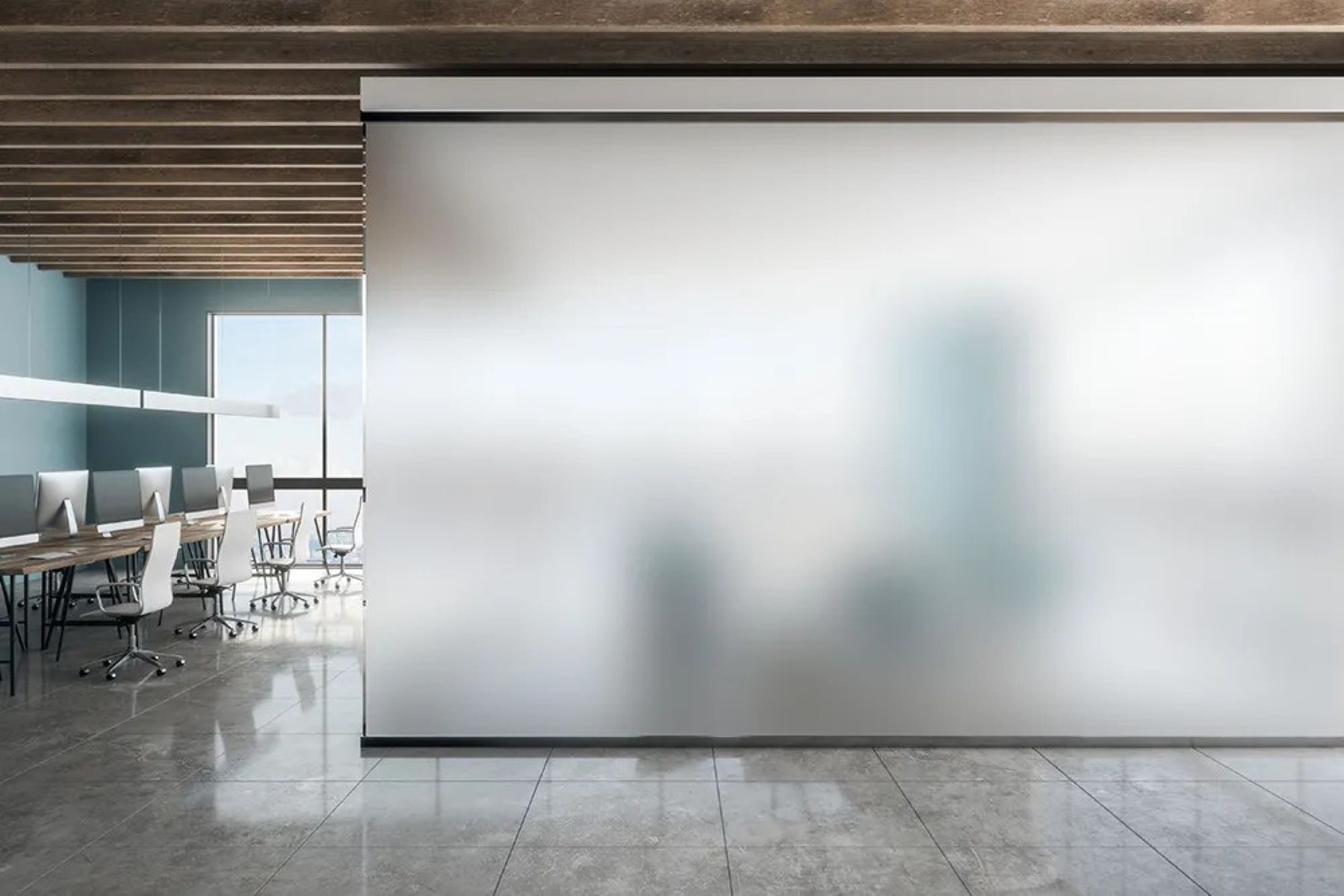


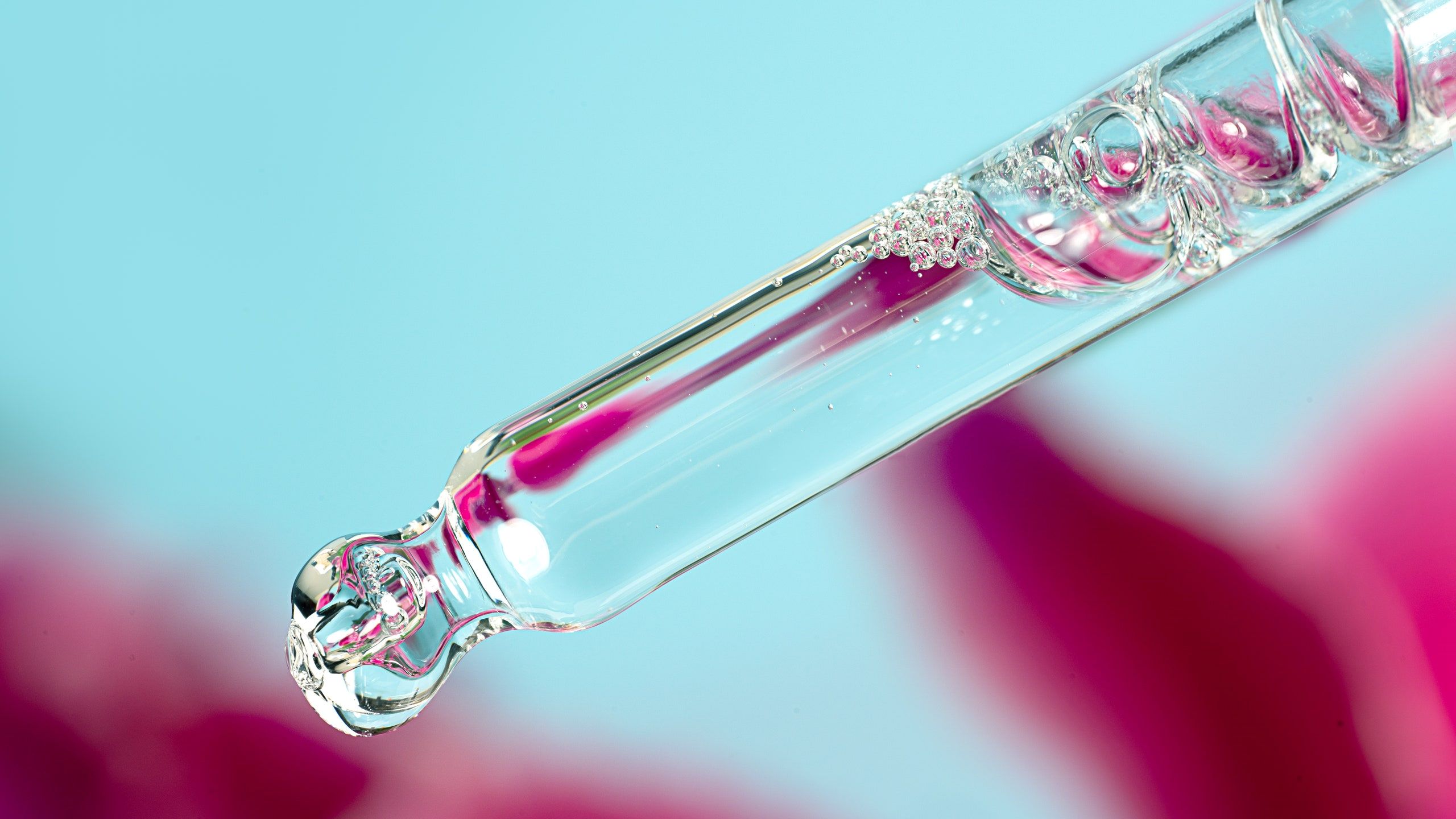

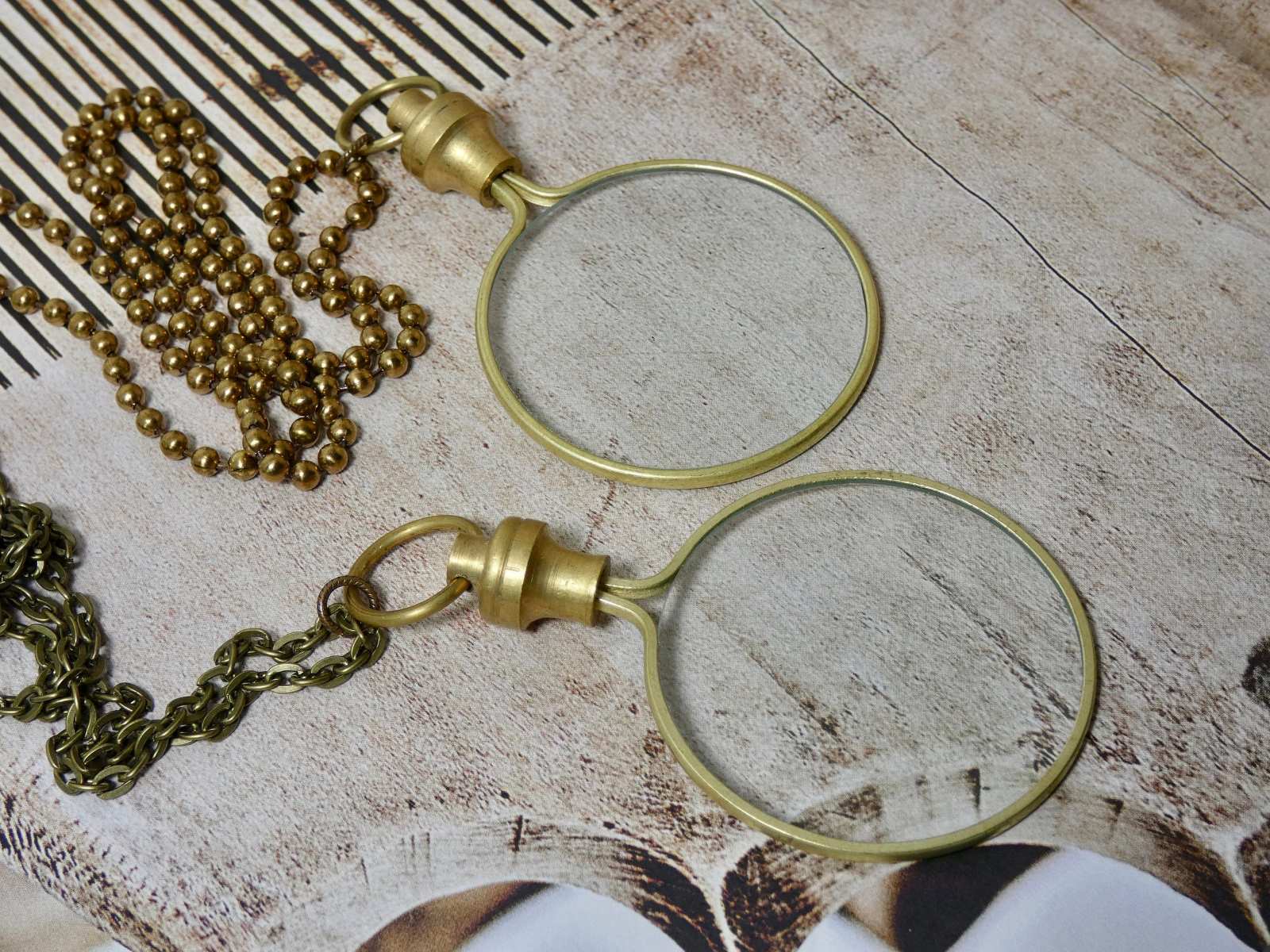
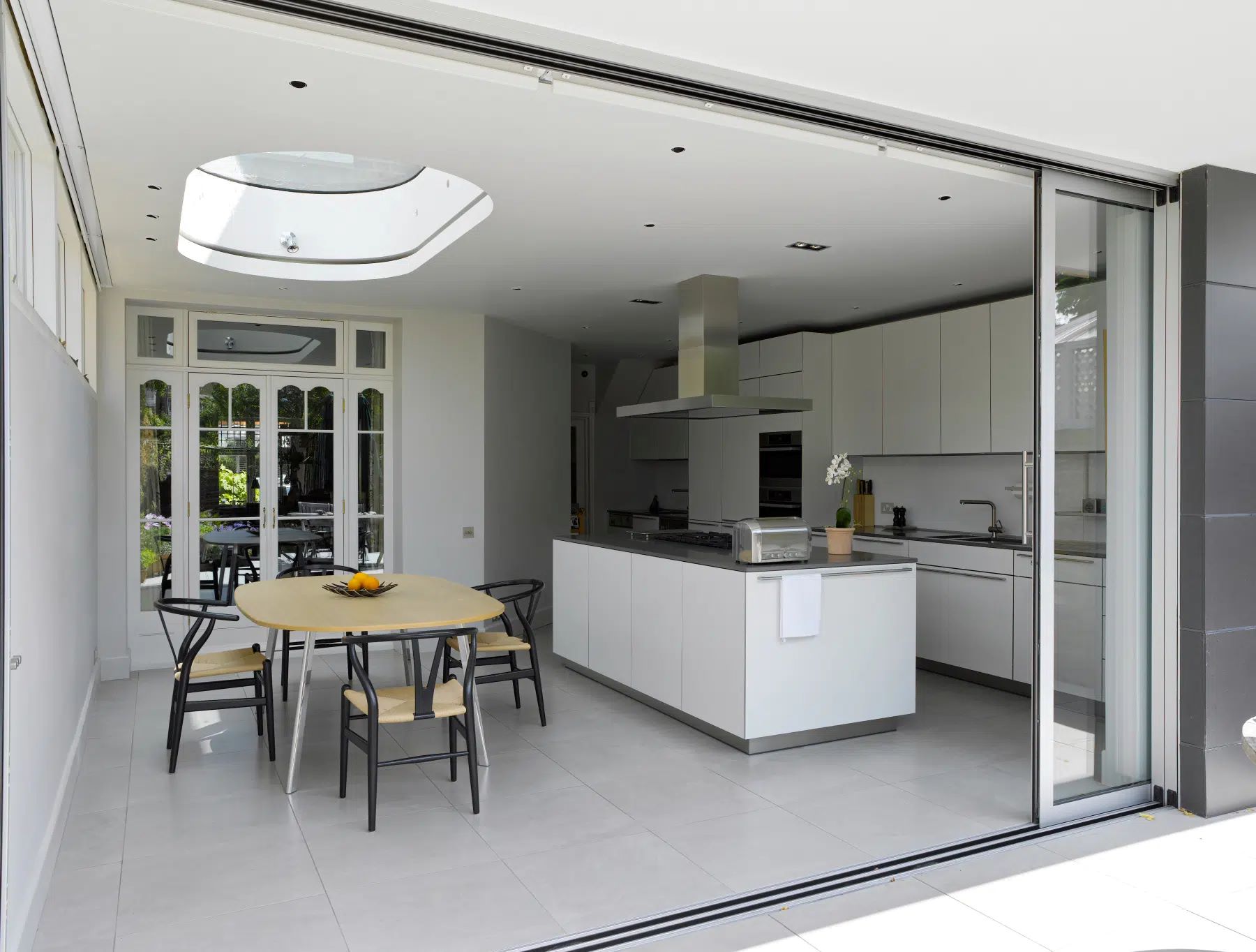
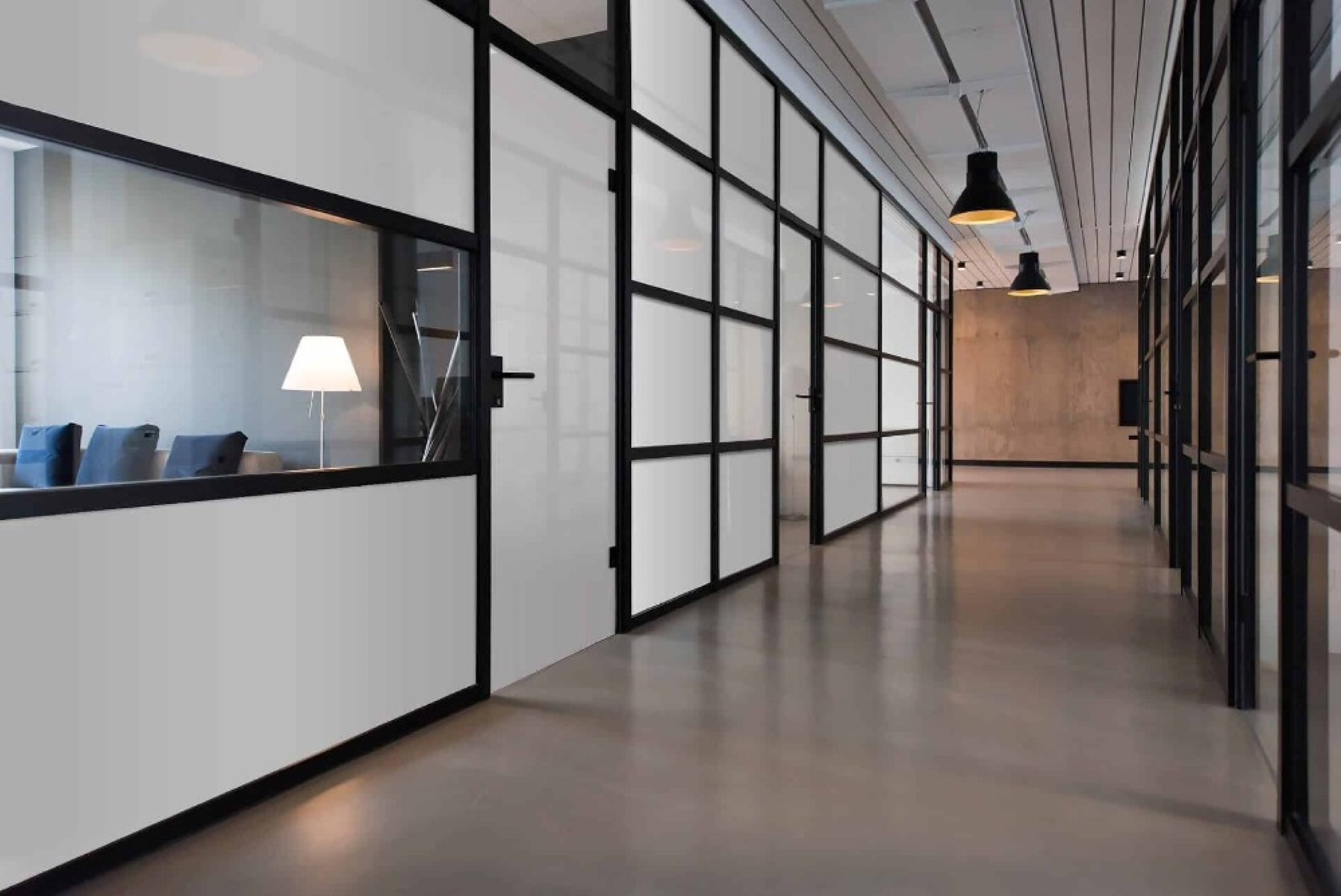
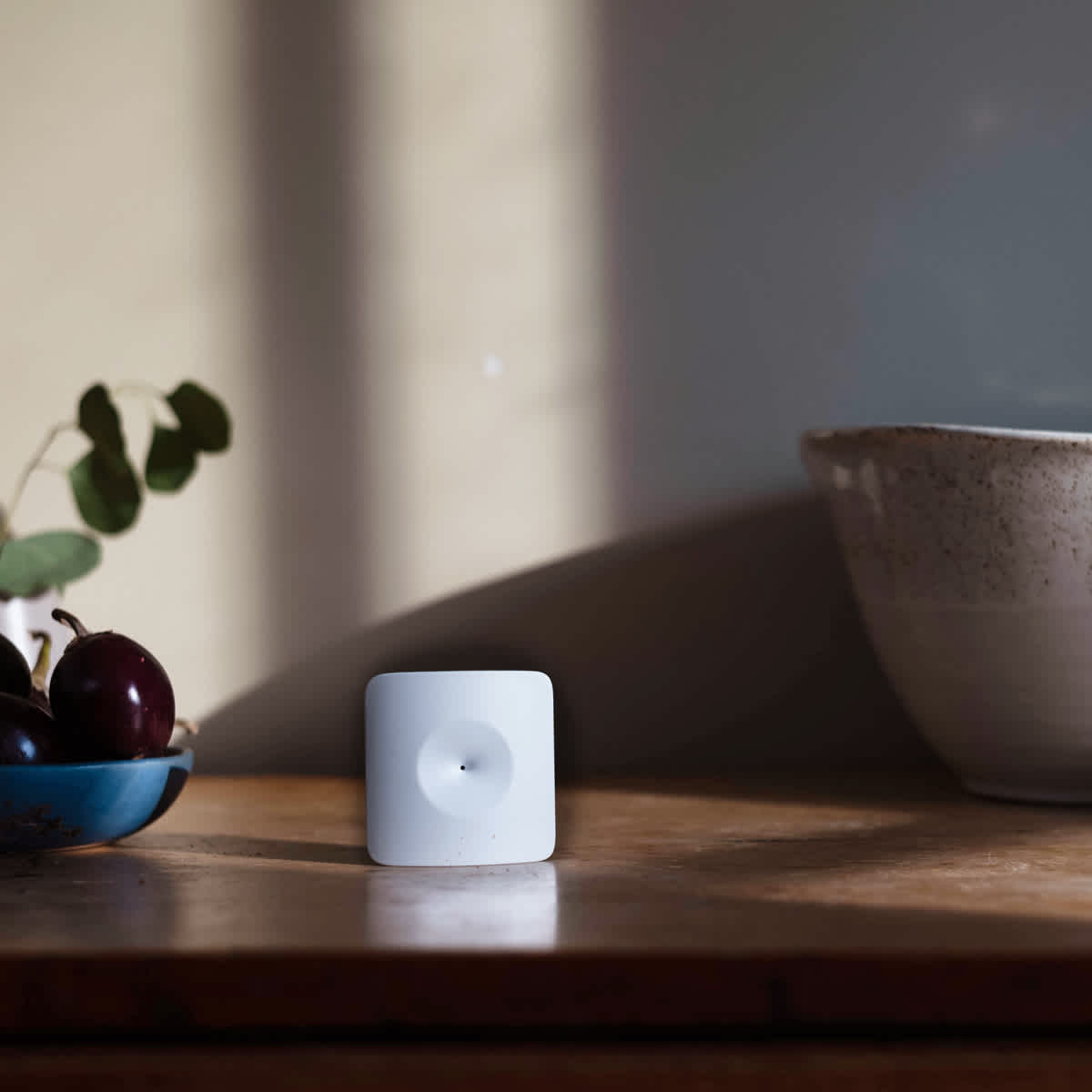
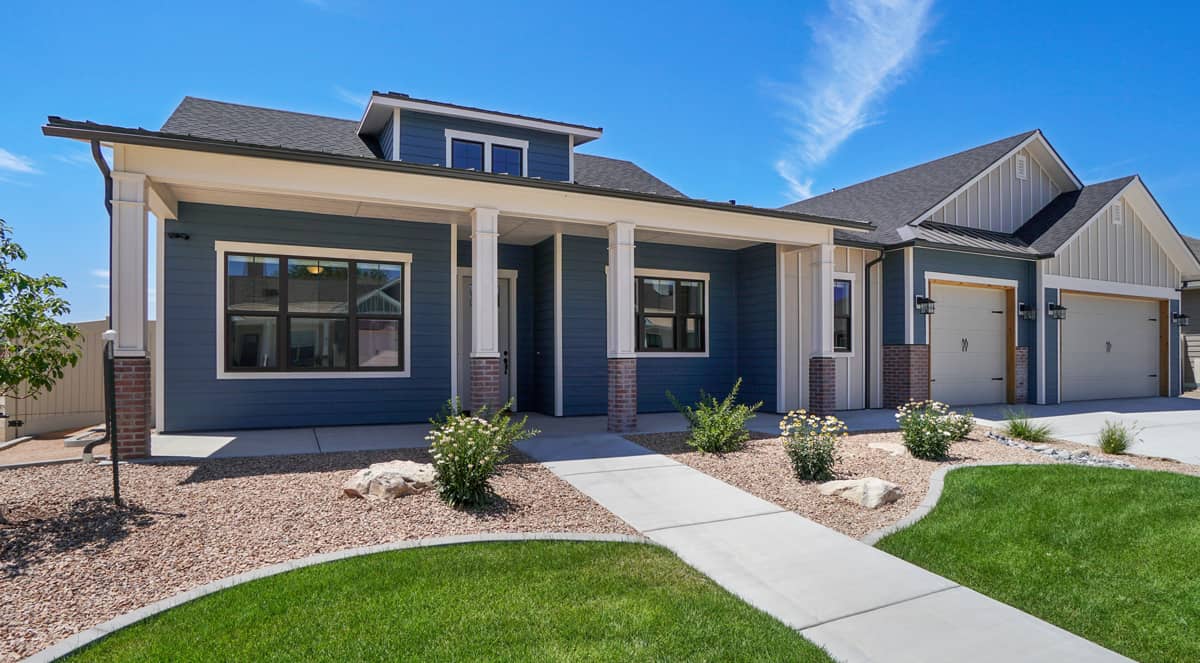
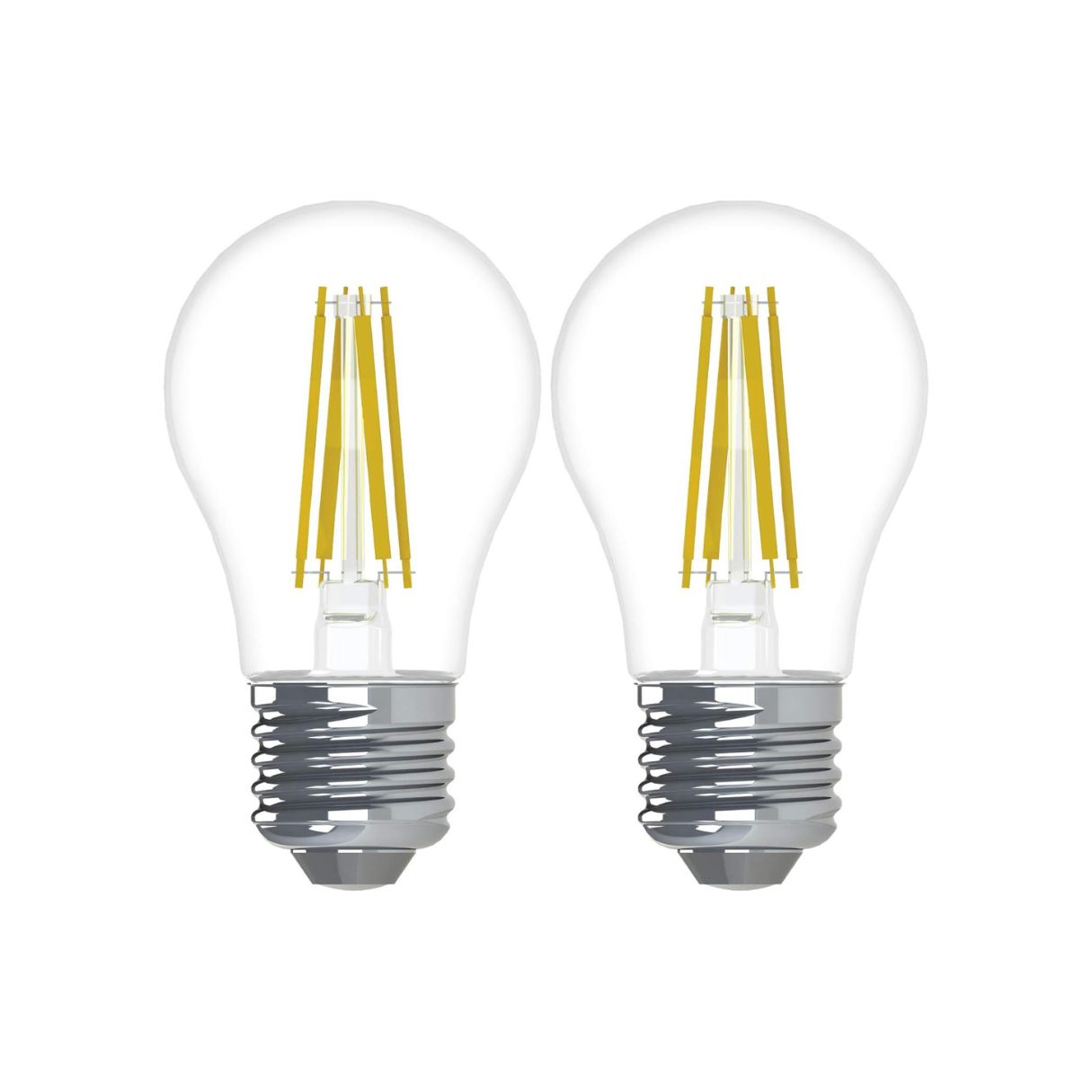
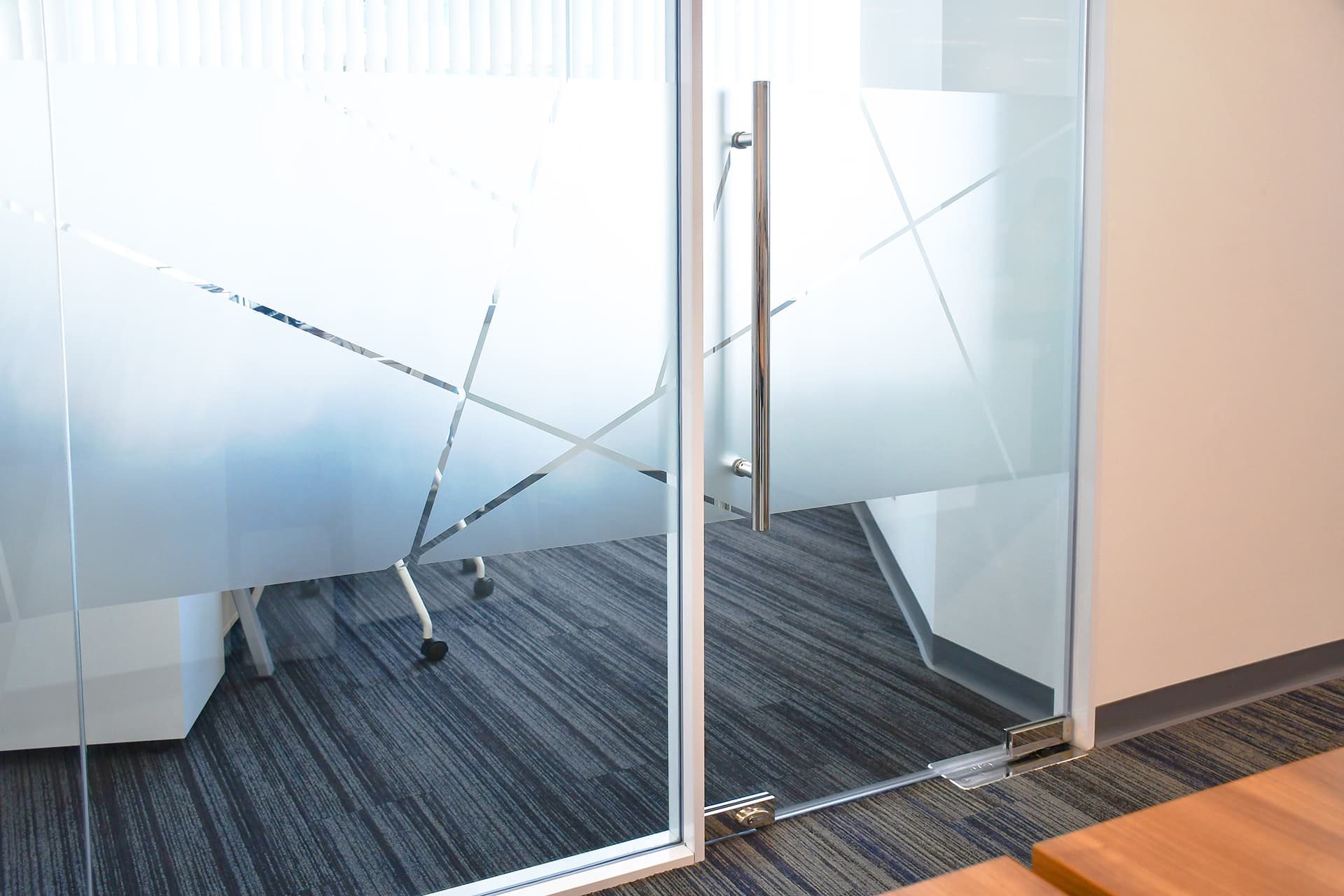

0 thoughts on “How Does One Way Glass Work”